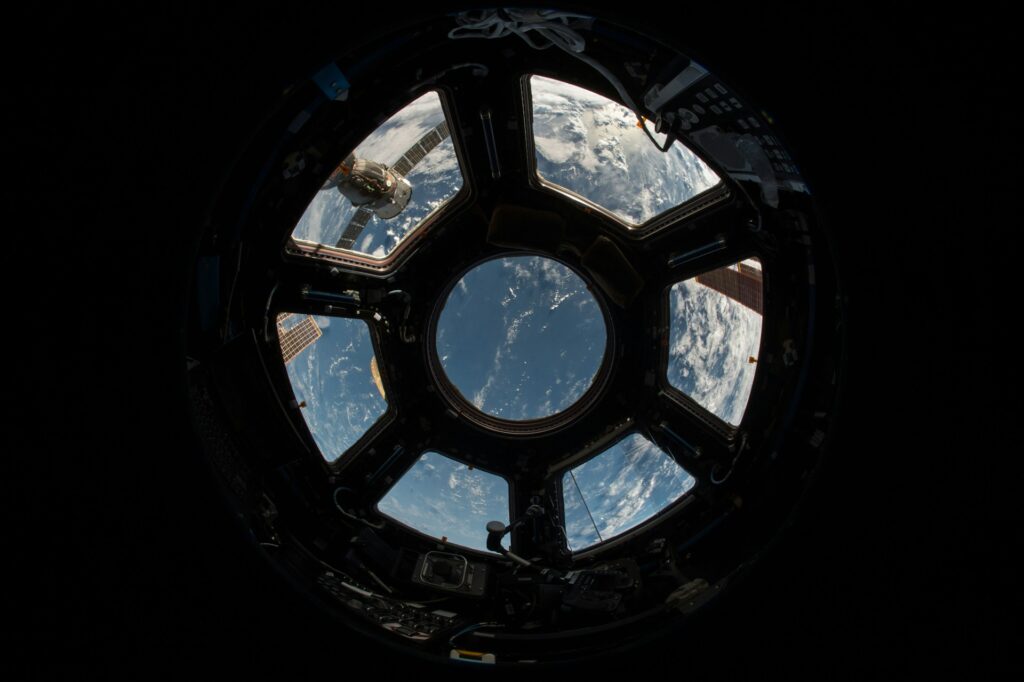Starlink satellites: High-speed internet in a disaster zone? SpaceX portable internet receptors are an innovative solution to connect areas that have been disconnected from the grid due to natural disasters. In the past week, Hurricane Helene has killed 100 people and devastated over 600 miles across Florida, Georgia, the Carolinas, Tennessee, and Kentucky, leaving many areas without electricity and, consequently, internet access.
This has created one of the first opportunities for affordable satellite internet to rapidly reconnect zones that previously would have been without power and communication for days or even weeks. According to the Federal Emergency Management Agency (FEMA), SpaceX has provided “40 Starlink systems to help with responder communications and additional satellites are being shipped to assist with communications infrastructure restoration.” The smaller, “mini” version of the receiver measures approximately 30 by 25 by 4 centimetres or the size of a laptop. Its total weight is around 1.1 kilograms.
It is important to note that Starlink operates almost two-thirds of the active satellites globally and is the sole high-bandwidth internet network with worldwide coverage. There are more than 6,000 Starlink satellites in orbit, and according to NASA, SpaceX plans a constellation of 12,000 satellites.
“Without the bounds of traditional ground infrastructure, Starlink can be deployed in a matter of minutes to support emergency responders in disaster scenarios,” according to SpaceX. Furthermore, Elon Musk, CEO of SpaceX, said on his social network platform X (formerly Twitter) that they “are making a system update to allow all Starlinks in the affected areas to work, regardless of payment.” The update came online Wednesday, according to Musk.

Satellite technology in disaster relief
Recent emergency response efforts across different countries showcase the usefulness of satellite-wifi providers such as Starlink.
During the ongoing invasion of Ukraine, Starlink has helped hundreds of thousands of civilians access the internet in missile-hit areas since the start of the war. In 2023, when Kherson was liberated, Starlink allowed phone and internet services to resume within days.
In New South Wales, Australia, severe flooding left remote communities without access to phones or the internet. Starlink was deployed there in order to restore connectivity, allowing disaster recovery teams to coordinate the delivery of essential supplies to the hardest-hit areas.
Similarly, in Washington and California, United States, Starlink enabled both emergency responders and affected families to maintain broadband connection. Evacuated families relied on the technology for wireless calls, filing insurance claims, and even helping children access online schooling, according to local media. Also in the US, tornado-stricken areas in Kentucky benefited from Starlink’s services as early as 2021 in a collaborative effort between SpaceX, FEMEA and the University of Kentucky.
Other than Starlink, SpaceX has pioneered the use of reusable rockets and its rocket Falcon 9 is used to send astronauts to the Space Station. Earlier this month, the company made history as it achieved the first commercial spacewalk when billionaire Jared Isaacman and Sarah Gillis went out of the craft and experienced the vacuum of space.



